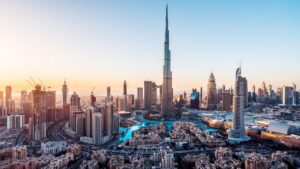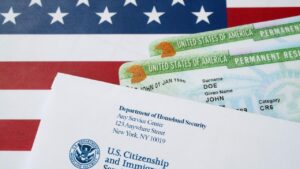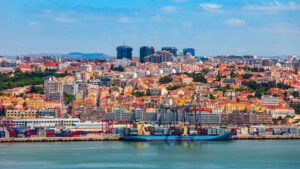10 Underrated European Cities You Must Visit
Looking to travel to Europe and wonder what’s beyond the usual tourist playgrounds? While most attention falls on cities like Paris, Rome, and London, there are so many underrated European cities holding different charm, rich heritage, and simply unforgettable experiences. From the pulsating fjords of Bergen to the modern architecture of Valencia, the list offers a balance between culture, history, and local taste. Let us walk through the list of the 10 underrated European cities you must visit. 1. Graz, Austria A UNESCO World Heritage site, Graz is an elegant city harmoniously combining medieval and modern architecture. There are many narrow alleys, Renaissance courtyards, and lively squares in this pretty old town. There is a collage of galleries and museums in the arts scene. Must-see viewpoints include that from Schlossberg and, very unique, the Kunsthaus Graz, known as the “Friendly Alien.” 2. Lille, France This town, situated on the border with Belgium, reflects the powerful coexistence of both French and Flemish influences in its architectural beauty, which includes the Grand Place and the Old Stock Exchange. But that’s not all; it is also home to some very animated markets, like the Marché de Wazemmes, and first-class museums such as the Palais des Beaux-Arts. 3. Bergen, Norway This town, enveloped by seven mountains and beautiful fjords, brings much natural beauty to one’s eyes. Colourful wooden houses along the UNESCO-listed Bryggen Wharf add to the charm of this city. Finally, not missing the fish market or taking a scenic ride on the Fløibanen funicular for detailed views of the town and surroundings should complete the experience. 4. Tartu, Estonia This town, enveloped by seven mountains and beautiful fjords, brings much natural beauty to one’s eyes. Colourful wooden houses along the UNESCO-listed Bryggen Wharf add to the charm of this city. Finally, not missing the fish market or taking a scenic ride on the Fløibanen funicular for detailed views of the town and surroundings should complete the experience. 5. Brno, Czech Republic Unlike Prague, Brno is full of history and modern attractions. Špilberk Castle provides impressive views over the city and allows one to get an insight into the history of Brno. The student atmosphere and lively cafes, together with cultural events, make this city very dynamic. Do not also miss the functionalism architecture including the famous Villa Tugendhat. 6. Salzburg, Austria Salzburg is the birthplace of Mozart and is a very graceful city, not only by its baroque beauty but also by the greatness of its musical heritage. The Old Town is a UNESCO World Heritage site with squares, historical buildings, and churches that are exceptionally elegant in nature. Alpine scenery is one more attribute that characterizes this city, making it just perfect for cultural enthusiasts and nature lovers alike. 7. Antwerp, Belgium Fashion, art, and history all converge in Antwerp. Here one will find the great painter Rubens’ masterpieces housed in this beautiful Cathedral of Our Lady. Not to mention, the worldwide famous diamond district of the city supporting the vibrant fashion scene with its eclecticism of cafes, bars, and restaurants that never goes unnoticed by any cultural visitor. 8. Kraków, Poland One of the oldest Polish cities, Krakow boasts an incredibly well-preserved medieval core. The historical Market Square, Wawel Castle, and the district of Kazimierz provide deep exposure to history. Many festivals and cultural events take place in Krakow, hence the lively atmosphere. 9. Valencia, Spain While Valencia is famous for the futuristic City of Arts and Sciences, it has also merged a bit of modernity with traditional Spanish culture. It is a town of festivals—such as the very famous Las Fallas—and gastronomic heaven thanks to valve-winning restaurants serving local food like the world-famous paella. On the other side of the coin, it has got sunny beaches and a vibrant nightlife. 10. Bilbao, Spain Situated in the heart of the Basque Country, the city of Bilbao in northern Spain is crowned with the iconic Guggenheim Museum. Its modern architecture merges with the traditional Basque influence to create a very unique cultural profile. Bilbao holds great interest because of its gastronomy, famous for popular pintxos, coupled with lively cultural festivals. Conclusion These are underrated European cities that offer the perfect getaway from the crowded and well-worn paths of touristy places and offer unique experiences with inside views into local cultures. Be it history, art, architecture, or even food, these hidden gems have got it all. So, pack your bags and head out to explore the less famous but worth-visiting European attractions.










